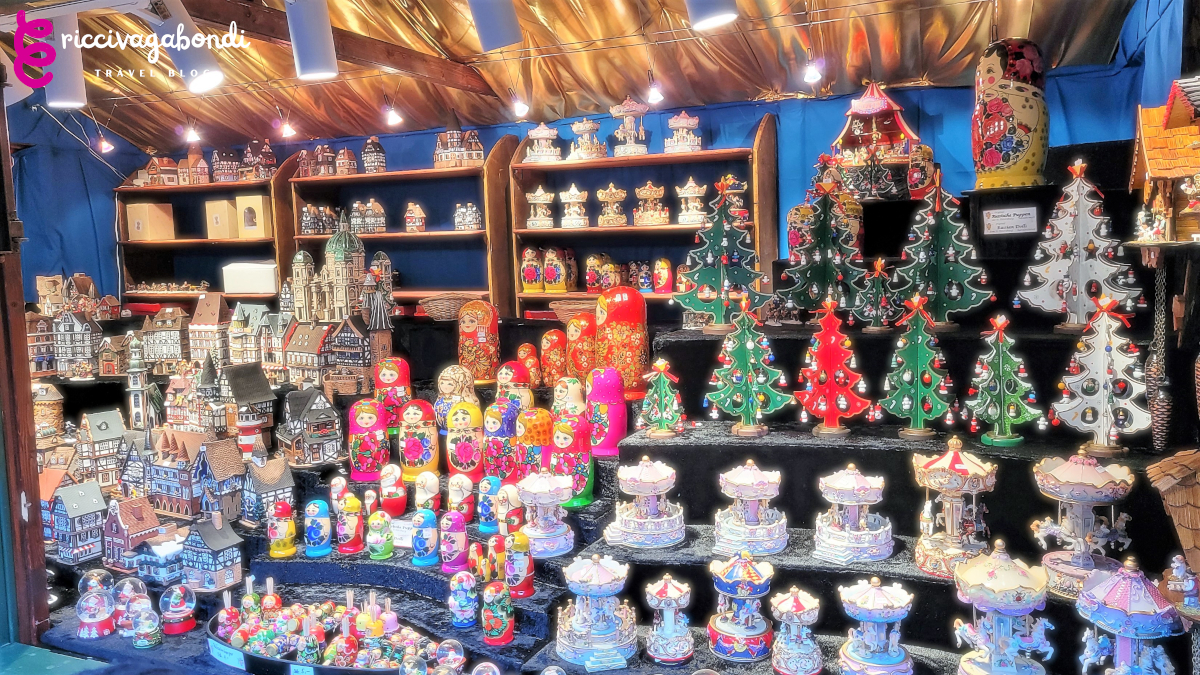
Dear Wandering Spirit,
At some point during the winter, North European cities shine bright in neon lights and the naked trees give way to Christmas decorations. 🎄 What is happening? Mid-November to December’s end is official Christmas Markets time all over Europe!
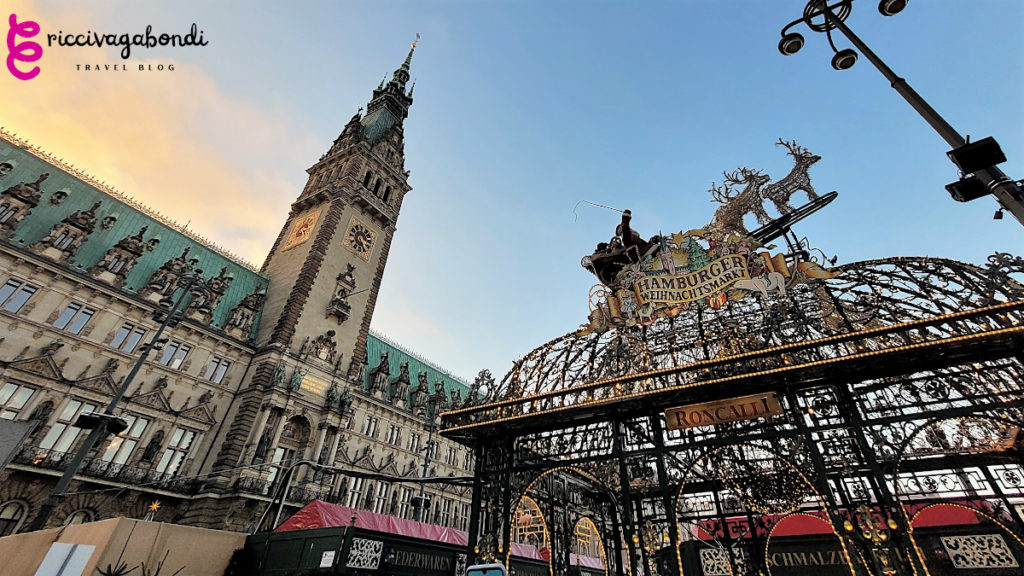
What Are Christmas Markets?
The days get much shorter, darker and the air turns freezing. For all these reasons, one should think of staying home. But, when all cities get surrounded by the flavourful scents of sweets, cinnamon and other spices, it is quite impossible to resist. 🍭
Despite every country having its own characteristics, Christmas markets are a must everywhere around the continent and people travel from one city to another to taste the pastries and drink very hot bowls. ☕
When did this tradition start? What does it mean? And how is it celebrated in the biggest European cities? Keep reading to learn more about the Christmas markets!
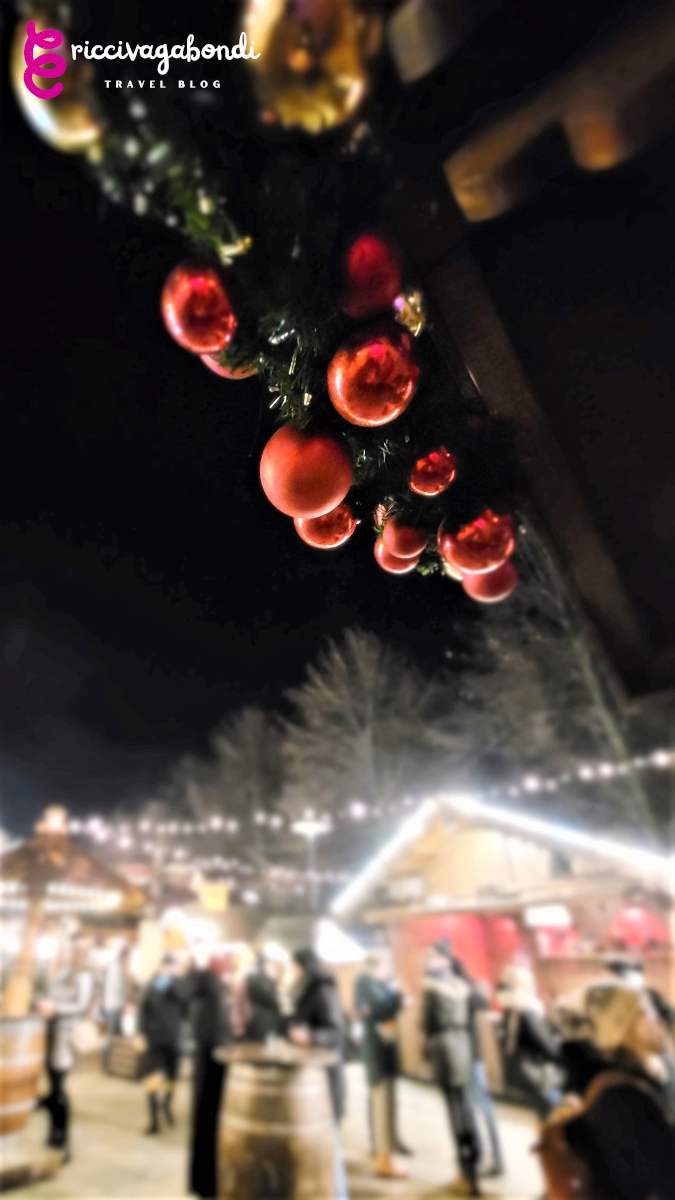
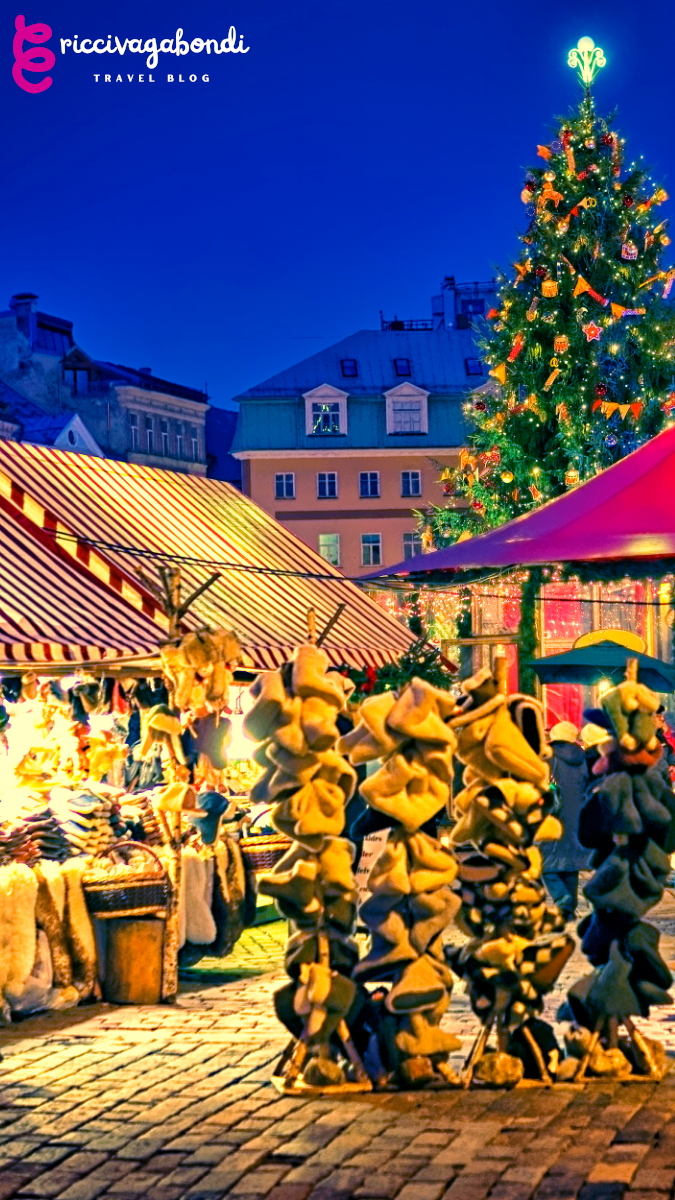
History of the Christmas Markets
Christmas Markets are the signal that the Advent period has begun. This Christian tradition stems from the late Middle Ages and the time of the Austrian Empire. Shopkeepers organised a market stand for a few days to allow the townspeople to stock up on supplies 🧵 during the winter months.
On the other hand, farmers could generate important income before the cold season officially arrived. Decade after decade, this tradition grew, and artisans started to build wooden toys and weaving baskets to sell.
To attract people and get them to walk around, roasted chestnuts and gingerbread were added to the markets as gifts for Christmas. German cities were one of the earliest countries to adopt this tradition: Munich, Frankfurt, and Dresden.
For this reason, the typical products are the hot mulled wine (Glühwein), the egg-based warm alcoholic drink called Eierpunsch, the grilled Bratwurst 🌭, and candied toasted almonds. Warm salty pretzels and other cookies enrich the menu of a typical Christmas Market. This tradition has spread everywhere in the continent, up to the UK. Even the US has joined in.
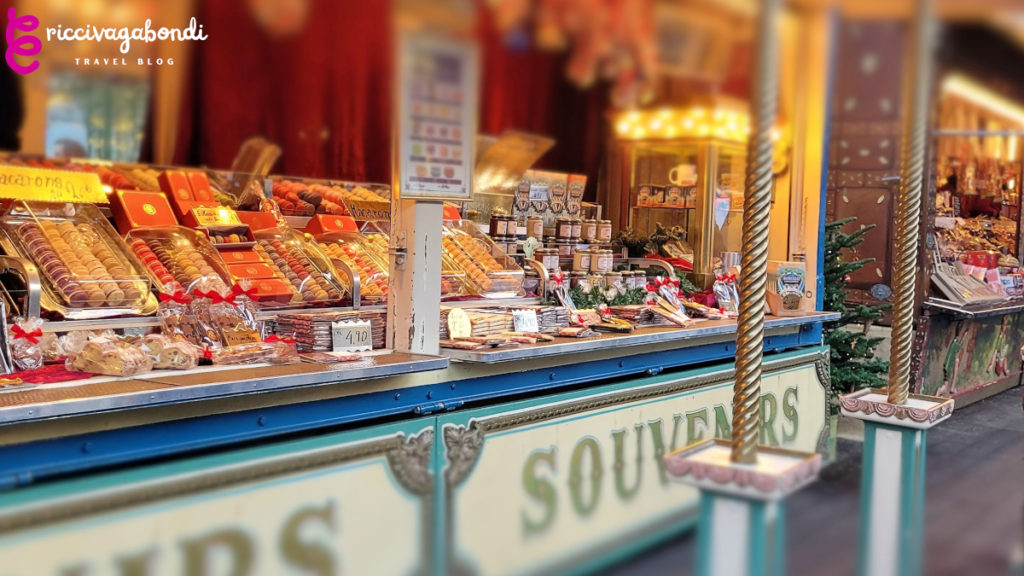
Christmas Markets Today
Today, the original meaning of a winter market has been lost. But the four-week long markets keep returning year after year in almost every town. Additional products are now sold, like soaps, candles and wax products, accessories for the house and warm clothing. Christmas decoration 🎅 is also a key element of today’s Christmas Markets.
These markets attract many locals and tourists, and they are a permanent component of the period before Christmas. Munich’s market attracts around one million visitors each year, while Essen attracts people from Belgium and France. All German cities have their own peculiarities and reflect them into their products.
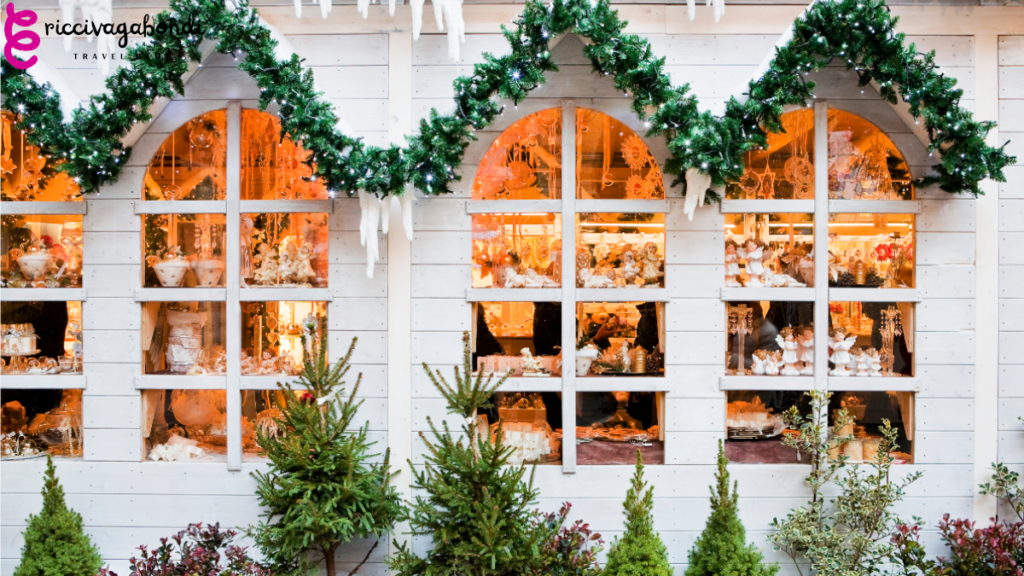
Christmas Markets in Europe
Christmas Markets are now spread all over Europe (and parts of the world too!). In German speaking countries like Austria and Switzerland, this tradition is very appreciated and felt by the locals.
In Salzburg for example, the city of Mozart, free Christmas concerts 
Budapest in Hungary, Strasbourg in France, and Prague in Czech Republic look like postcards during wintertime. The warm lights turn these places into magical spots, and the scent of sweets creates a fairy-tale atmosphere.
Even southern destinations like Croatia and north Italy adopt this unique tradition and link nativity sceneries to their winter markets.
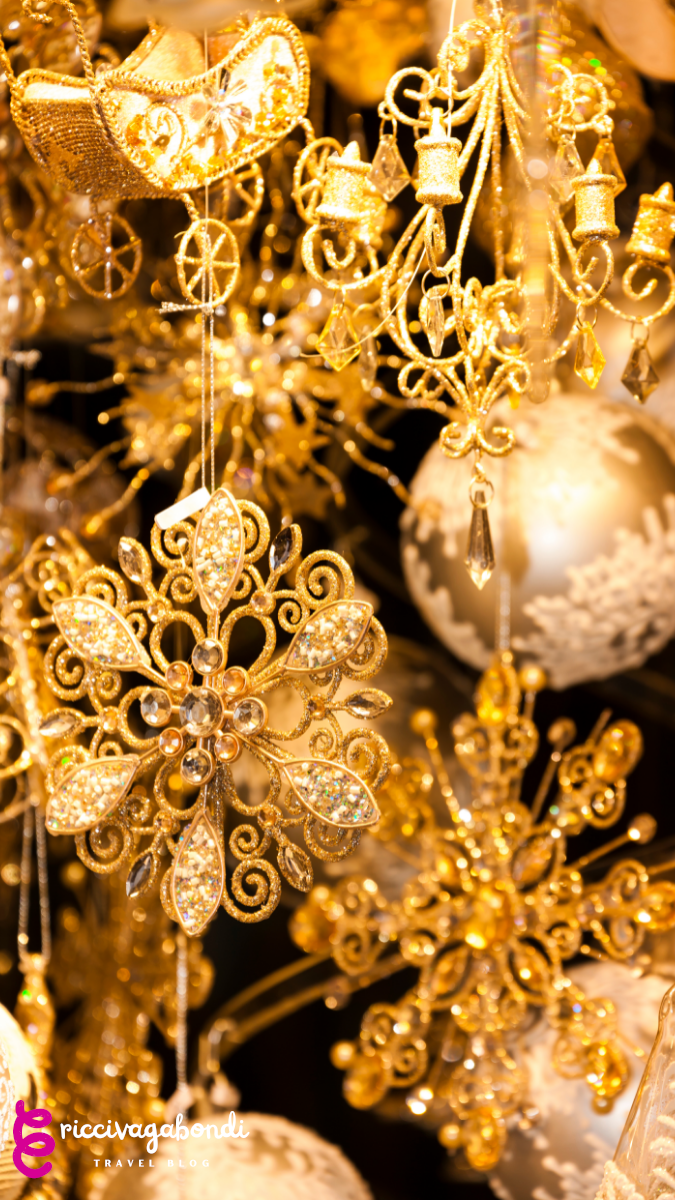
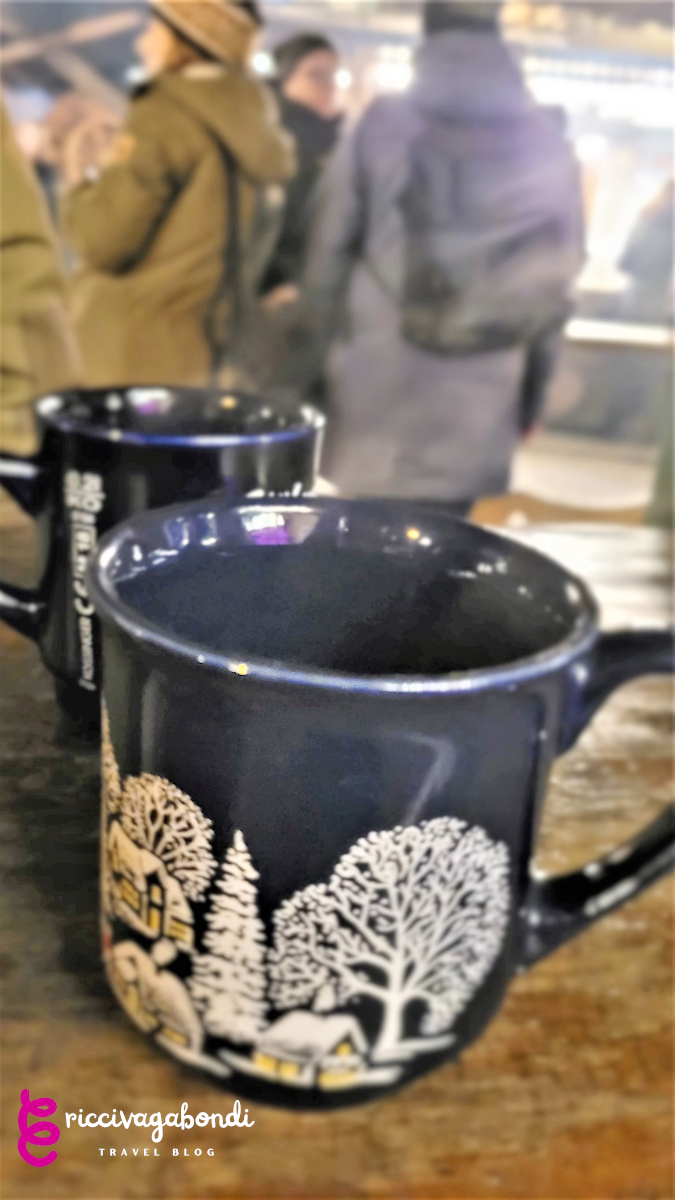
Northern European countries, like Denmark, Sweden and Estonia, also have their own traditions 🕯️ and display them in their particular Christmas markets.
In Gothenburg, you can taste the ‘glogg’ (the mulled wine), the smoked salmon, and the smoked reindeer. In Copenhagen, you can find typical knitwear and caramelised almonds, and ice and music shows are all around the clock in Tallinn.
I have had the pleasure of visiting different German markets, but also further countries like Belgium (the Grand Place in Brussels is absolutely stunning). 🎁 I can only recommend visiting many European cities in this particular time of the year, as the scenery is breath-taking and the food incredibly tasty.
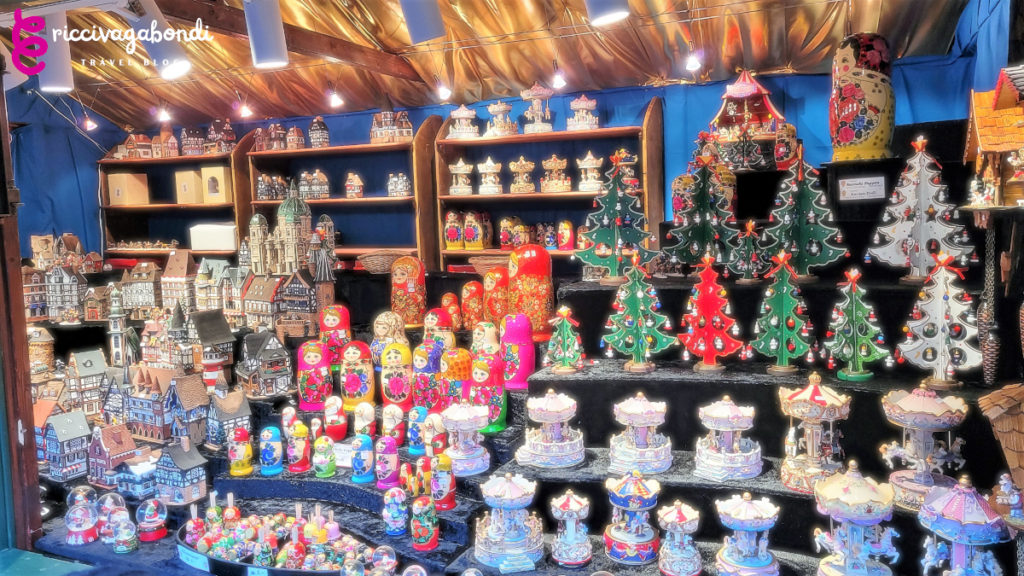
Want more travel tips and recommendations? Check out my recent post about travelling on festive days here!
Subscribe to riccivagabondi travel blog and stay updated! ⬇️ ⬇️ ⬇️



